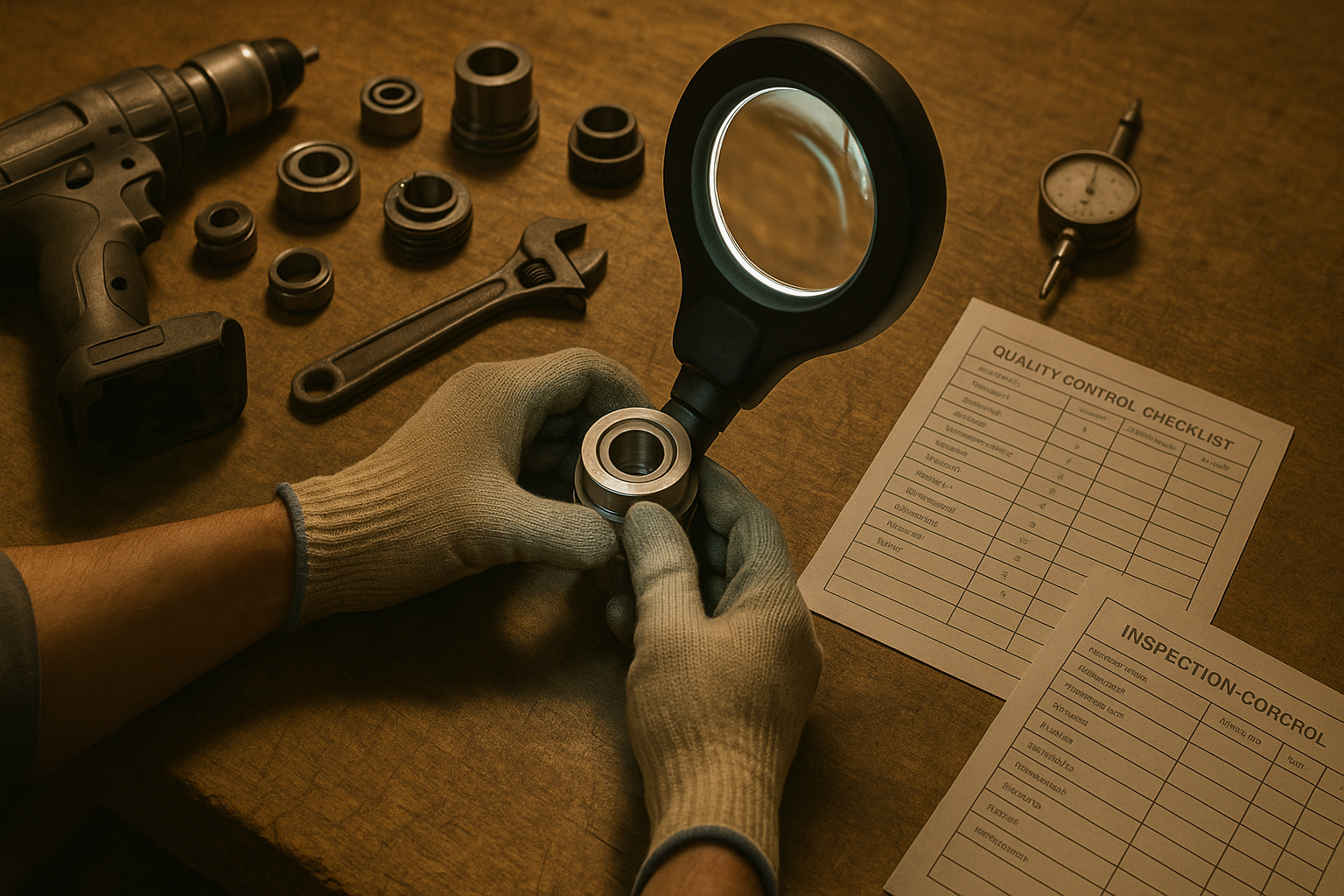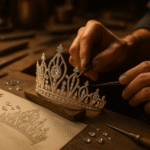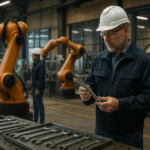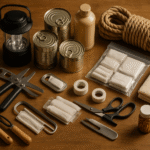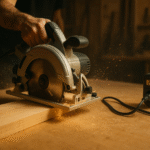It usually starts with a quiet announcement — a safety notice, a recall alert, a message that something didn’t perform the way it should have. For most users, it’s just an inconvenience. But for the people who design, test, and build tools, a recall is more than a headline; it’s a signal that something went wrong deep within the process of creation. In a world where precision matters and reliability defines reputation, quality control has become both a science and a craft.
Modern manufacturing is faster, more automated, and more data-driven than ever before. Yet speed and efficiency come with risk. Every stage of tool production — from metal casting and motor assembly to final calibration — has to meet standards that are microscopic in their tolerance. A single error in alignment or temperature can compromise performance, sometimes in ways invisible until the product reaches real users. This is why leading manufacturers have expanded their testing systems to include AI-based defect detection and smart sensors embedded in production lines, capable of catching issues before they become full-blown recalls.
Still, no system is perfect. Even the most trusted names occasionally issue recalls due to faults in switches, overheating motors, or unstable battery packs. The U.S. Consumer Product Safety Commission maintains detailed records of these cases, showing just how often small oversights can turn into public hazards. What’s fascinating is how recalls, once seen purely as failures, are now becoming part of the learning cycle of industrial design. Engineers analyze data from returned products, rework assembly procedures, and sometimes even redesign components entirely. Each recall becomes a case study in continuous improvement — a quiet evolution toward safer, longer-lasting tools.
For professionals and hobbyists alike, quality control isn’t an abstract concept. It’s what stands between smooth performance and potential disaster. Think about a workshop full of cutting and drilling equipment: a slightly misaligned bit, a weak housing, or a poorly insulated cord can mean the difference between precision and injury. The same level of diligence used in large-scale factories trickles down to the individual builder. Maintenance, calibration, and inspection routines are small-scale versions of industrial quality control — ensuring every tool, no matter how simple, functions as intended.
This idea ties closely to craftsmanship. Whether you’re a factory technician or someone shaping wood in a home garage, the mindset is the same: measure twice, cut once, and never ignore the details. It’s why builders spend time keeping their equipment in top shape — cleaning gears, replacing worn parts, and sharpening edges instead of replacing them. Learning how to maintain and sharpen drill bits or calibrate saw blades is more than a habit; it’s a philosophy of respect for the tools themselves.
Manufacturing standards today are more transparent than they’ve ever been. Organizations like ANSI and ISO define rigorous testing protocols that factories must follow before a tool even reaches the shelf. These include vibration resistance, material stress thresholds, and even the environmental impact of the manufacturing process. Beyond compliance, some companies are going a step further — integrating sustainability into quality. They track emissions, improve energy efficiency in production, and design tools with modular parts that can be replaced rather than discarded. Quality now means not only how well a tool performs, but how responsibly it’s made and how long it can serve.
The conversation around recalls has shifted, too. Instead of hiding behind damage control, manufacturers increasingly release open reports, explaining what happened, what was fixed, and how future batches have been improved. In some cases, these efforts strengthen trust rather than diminish it. Transparency, once a public-relations risk, is becoming an industry expectation. Consumers now look for brands that admit mistakes, fix them quickly, and invest in better design rather than cutting corners for profit.
Every recall tells a story of precision lost — but also of progress found. The drive to prevent future failures leads to stronger designs, smarter materials, and better testing methods. It’s the same principle that guides anyone who works with tools: every setback is a chance to refine. In the end, quality control isn’t just about products; it’s about accountability, patience, and the belief that even the smallest detail deserves attention. Because in the hands of a builder, every tool should represent not just utility — but trust.
